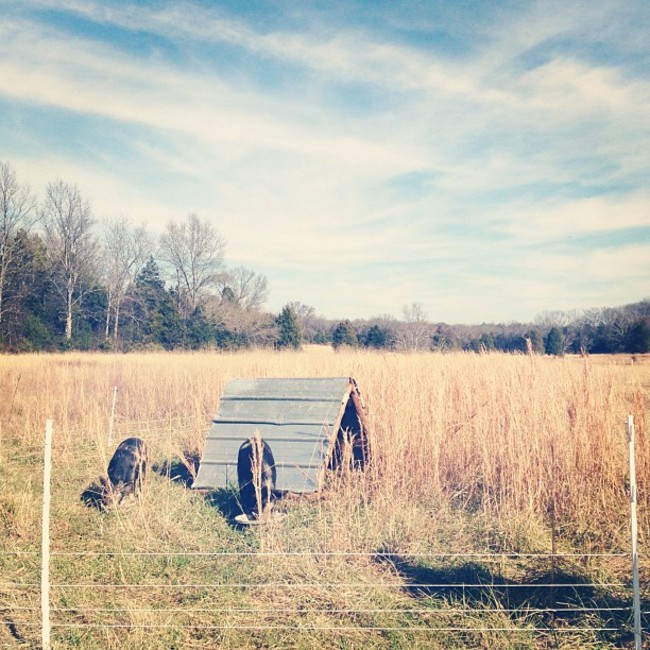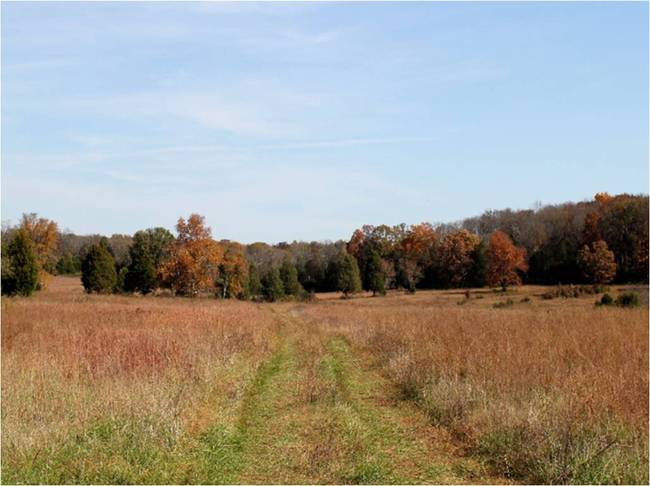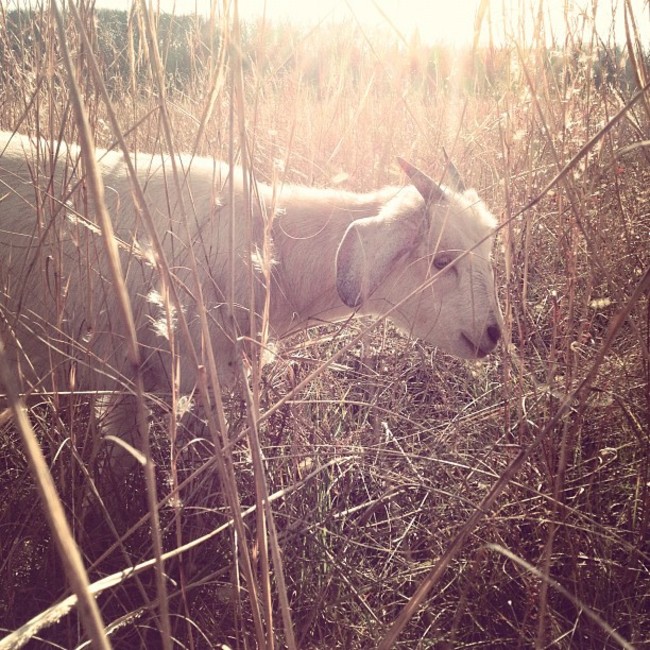You've probably noticed that we're big fans of rotational grazing. The goats, the cows, and now the pigs are all rotated around our property inside their own electric fences. While gaining in popularity, this method of livestock management is very uncommon. Yet it makes a lot of sense, if you have the time and resources to make it happen.
Rotational grazing ensures that the animals are not living and eating amongst their own excrement. It also ensures they have fresh grass to eat everyday. In addition, the land benefits by getting some rest in between grazing periods. The farm (and the farmer) benefits by having healthier and happier animals. It's an all around winner, but it takes the time and motivation to make it happen.
Rotationally Grazing Pigs on Pasture
Rotationally grazing the pigs makes a lot of sense. Those little rooters will get their snouts running and completely destroy perfectly good pasture in no time flat. They have to be moved frequently and the land needs a long time to rest and recover.
Currently, our two gilts are rotating through new pasture every 2-3 days. They are allocated a small parcel of pasture that is dense with unwanted forages (i.e. broomesedge and other less-nutritious 'weeds'). As you can see in the pictures, they literally eat everything in sight. People seem to be surprised that a pig would clean it up that well.
First, the pigs start with the roots. They slowly unearth the entire plant and then proceed to munch down the roots. Next come the stems and leaves. After a couple days the paddock will turn into a mud puddle, especially if we get a little (or a lot) of rain.



